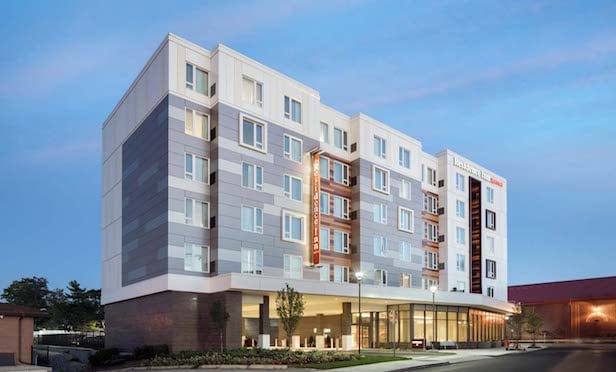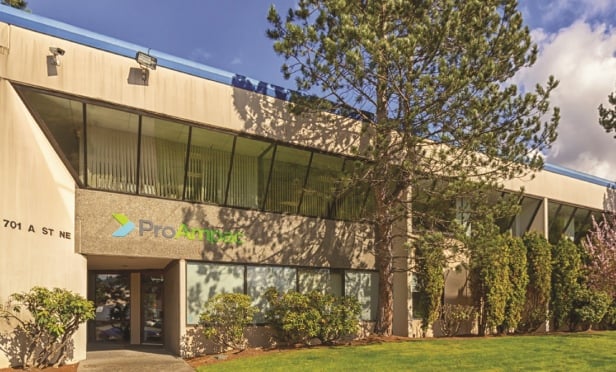TUSTIN, CA—Staying ahead of the pack in acquiring land is no mean feat for California developers, Bridgeport Investments' founding principal Randy Bramel tells GlobeSt.com. “The smartest, most creative and willing to work hardest capture the gold.”
As GlobeSt.com reported earlier today, GlobeSt.com spoke with Bridgeport's founding partner Randy Bramel about what it takes to execute complex or “hairy” deals for industrial developers and how financing hurdles can be overcome. Here, we continue our interview by discussing challenges and opportunities in land acquisition.
GlobeSt.com: How are industrial developers looking at land acquisition since there's so much competition for available land?
Bramel: There is a lot of competition. Prices have escalated above any of our expectations over the last 18 to 24 months, and developers have to get ahead of the marketplace and ahead of the pack. With the two buildings in Rialto, CA, for which we arranged financing for CapRock Partners, they tied one of them up in early 2013 and began chasing the other one in early 2013 and got ahead of the market. They captured a good opportunity. Some developers are working on off-market transactions based on relationships. They have to work a lot harder to come up with good projects for a reasonable price. Because equity investors want to have projects that are close to being ready for construction and don't want to take a lot of entitlement risk, developers are tying up long escrows on the land but have to have the money to be able to get the project entitled. If they can close on the purchase of the land without entitlements, it's possible to do those transactions, but they're hard to do. There are no magic answers to those questions. The harder you work, the luckier you get.
GlobeSt.com: How is land acquisition being approached in infill markets vs. markets like the Inland Empire?
Bramel: Most of the industrial development that has been done over the last couple of years has been big-box industrial in the Inland Empire for lease, as opposed to under 500,000 square feet. Part of that is because that's where the equity capital has been interested in doing deals and the land for buildings that size was available. In infill markets like L.A. and Orange County, it's very difficult to build big boxes that size. There's a pent-up demand for 10,000-square-foot up to 200,000-square-foot small and mid-sized buildings. That's the nature of product that prevails in the infill markets. Part of the challenge there is that many of those buildings in infill markets are either not big enough or not for lease—they're for sale—and a big source of institutional capital wants larger buildings for lease. There's a shortage of capital for the infill markets, but positive demand will draw capital to it. The absolute magnitude of the profit is not necessarily big enough for them. The returns are lower, but the risks are lower, as well. Prior to the market turndown in 2008, we financed several million square feet of industrial in LA and Orange County infill markets, with high-net-worth private investors. Part of the challenge today is that construction debt levels as a percentage of total cost of project is notably less—it now requires quite a bit more equity than prior to the market turndown.
© 2025 ALM Global, LLC, All Rights Reserved. Request academic re-use from www.copyright.com. All other uses, submit a request to [email protected]. For more information visit Asset & Logo Licensing.







